Tammam Azzam at Ayyam Gallery
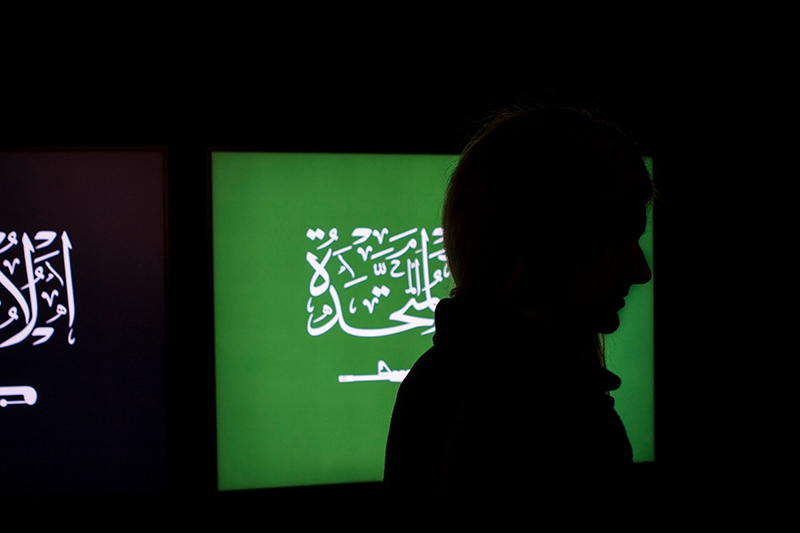
Syrian-born artist Tammam Azzam first caught the attention of the world’s social media in 2012 with his work Freedom Graffiti, in which he superimposed Gustav Klimt’s The Kiss onto a building punctured with bullet holes and devastated by war.
Freedom Graffiti is one of many works now on show at Azzam’s first London exhibition, which opened at Ayyam Gallery on 12th December. Using the application of various media, and with the use of digitial media, Azzam draws heavily on street art to examine the political and social upheaval in Syria and the periodic waves of violence tearing the country apart. In Damascus, part of the artist’s most recent series Bon Voyage, such a political and social point is demonstrated with haunting effect: a ravaged tenement building is lifted skywards by a cloud of coloured balloons. The message is one of dreamy hope, but also a childlike hopelessness in the realisation that no such fantastical escape is possible. This works more effectively when the tenement building is alone in the frame, and not floating above the Eiffel Tower or the Houses of Parliament as in other works of the same series. In Beautiful World and Conscript, the childlike dreaminess rears again, with globes and images of the earth superimposed with a swarm of wasps, or onto a cracked soldier’s helmet.
The exhibition slightly loses focus in Azzam’s heavy reliance on urban art, which in itself is very familiar. In We Were There, two silhouetted little girls are imposed onto a rust-coloured globe, one of them pointing skywards. The nod towards Banksy is not subtle. Likewise, Syrian Olympic relies on stencil work and spray paint on exposed walls, and though the visual joke created is affecting, the technique has been learned elsewhere. There are bleak Syrian landscapes with the evident effects of war, over which have been superimposed scenes from Gauguin, Dali, Matisse, the Mona Lisa and – in one particularly galling example – Andy Warhol’s Elvis figures in a line along the landscape. Azzam is deliberately drawing the viewer’s eyes first to the established artworks, the scene against which they are set a secondary dawning realisation, but the works themselves aren’t original enough to effect this process.
That said, the bleak irony of works such as We’ll Stay Here – in which a dilapidated tenement building has all but collapsed, though its walls are as brightly coloured as a child’s sweets – does redeem some of the more glaring work in the collection. The photographs, digitally remastered with tones of surrealism, are by far the strongest works in the exhibition. And then there is Freedom Graffiti, with Klimt’s wistful dream of romance all but obscuring the vast cavity of war-torn damage behind.
Harriet Baker
Photos: Adam Bennett
Tammam Azzam is at the Ayyam Gallery until 30th January 2014. For more information visit the gallery’s website here.

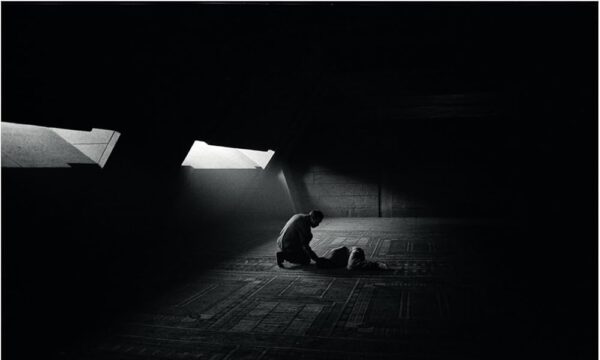
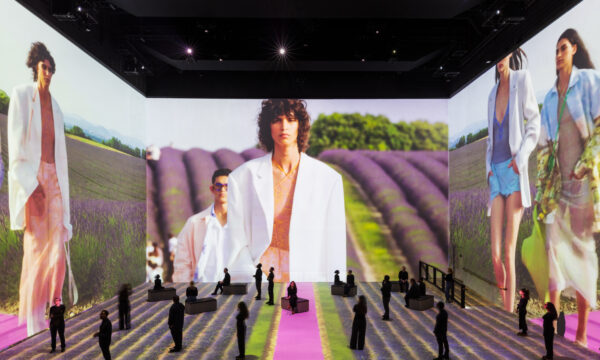
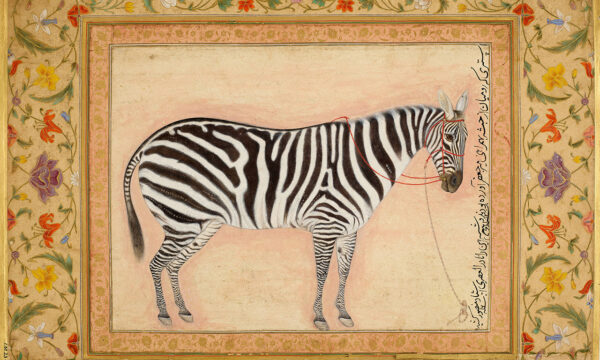
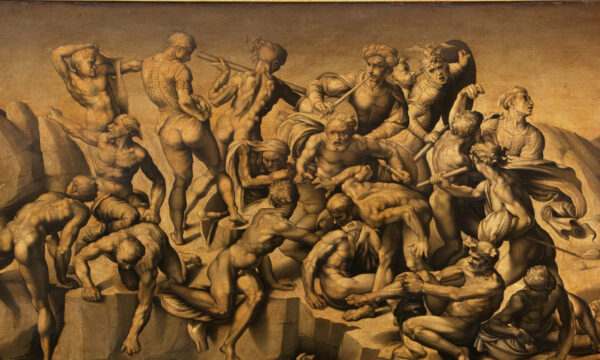
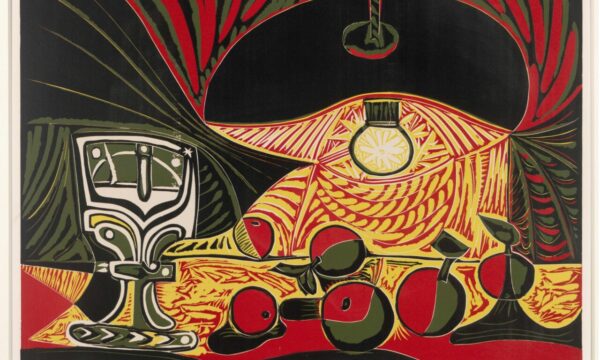

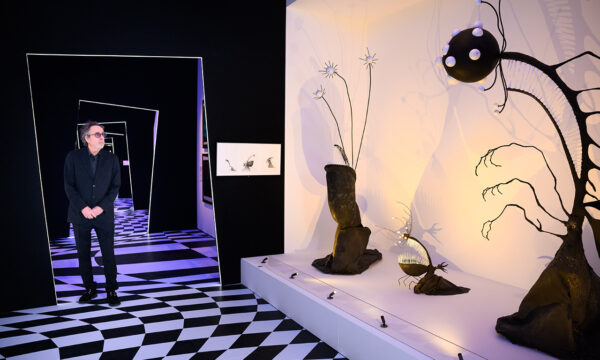

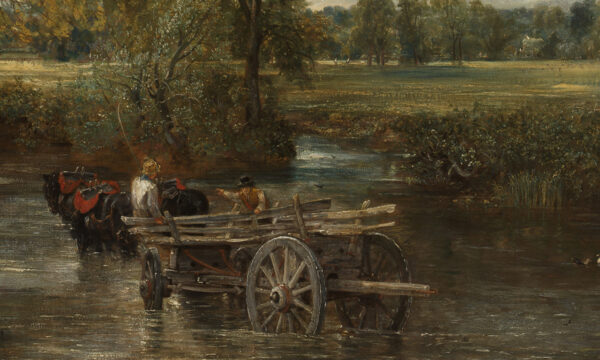









Facebook
Twitter
Instagram
YouTube
RSS